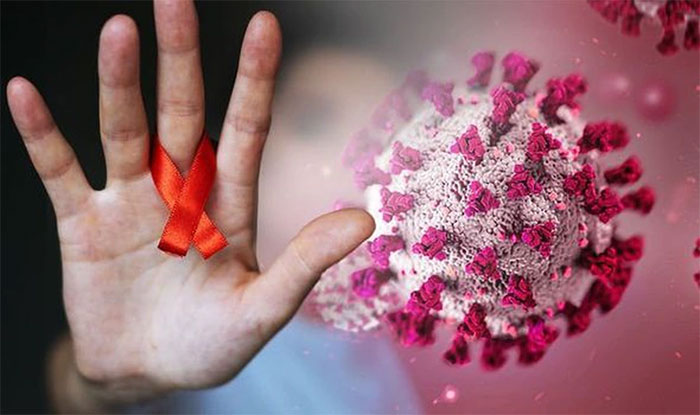Good news: Available treatment methods still provide equivalent treatment capabilities for the new variant.
A new variant of HIV, the virus that causes AIDS, has been discovered in the Netherlands. According to scientists, this variant appears to lead to a faster progression of the disease compared to previous versions.

The new HIV variant is called variant VB.
In terms of mechanism, the new HIV variant still causes immune system impairment in individuals by infecting and destroying immune cells known as CD4 cells in the body, leading to a significant decrease in their numbers. Without treatment, the disease will eventually progress to AIDS.
In individuals infected with the newly discovered HIV variant, known as variant VB, CD4 counts decline at a rate double that of those infected with earlier strains. Additionally, the concentration of HIV in the blood is also 3.5 to 5.5 times higher.
Based on these findings, the authors hypothesize that if left untreated, individuals carrying the HIV VB strain could develop AIDS just 2-3 years after diagnosis. This timeline is significantly faster than the average 6-7 years for other HIV strains.
However, if treated promptly, the immune system of infected individuals has the potential to recover and survive similarly to those with other HIV strains.

Available treatment methods still provide equivalent treatment capabilities for the new variant.
“For a patient who is successfully treated, the decline of the immune system due to AIDS will stop, and their ability to transmit the virus to others will be halted,” said Chris Wymant, a researcher at the University of Oxford and the lead author of the study.
What makes the VB strain special is that it has over 500 mutations. According to the study, the authors identified 109 individuals infected with the VB strain, with only 4 living outside the Netherlands, though they remain in Western European countries. This new strain may have emerged in the late 1980s and early 1990s in the Netherlands but began to decline around 2010.
Historically, the classification of HIV by strain has closely correlated with geography. For example, in Africa, subtypes A, C, and D are the most common. In Europe and the United States, subtype B is the most prevalent. This geographical distinction formed when HIV first spread globally in the mid-20th century and has changed little since then.
According to Wymant, the discovery of the new HIV variant serves as a “warning to the world never to be overly confident in saying that the virus will evolve and gradually weaken.”


















































